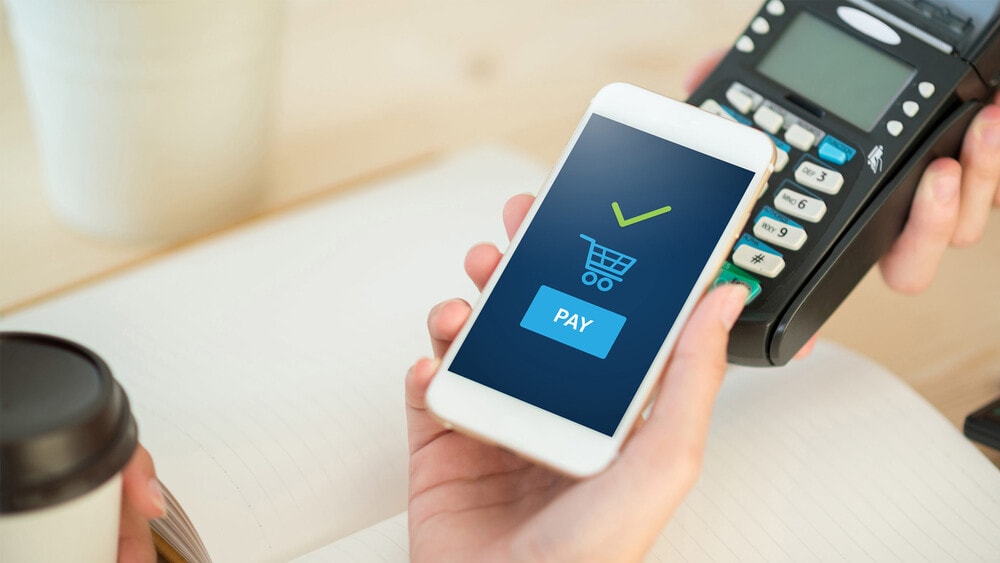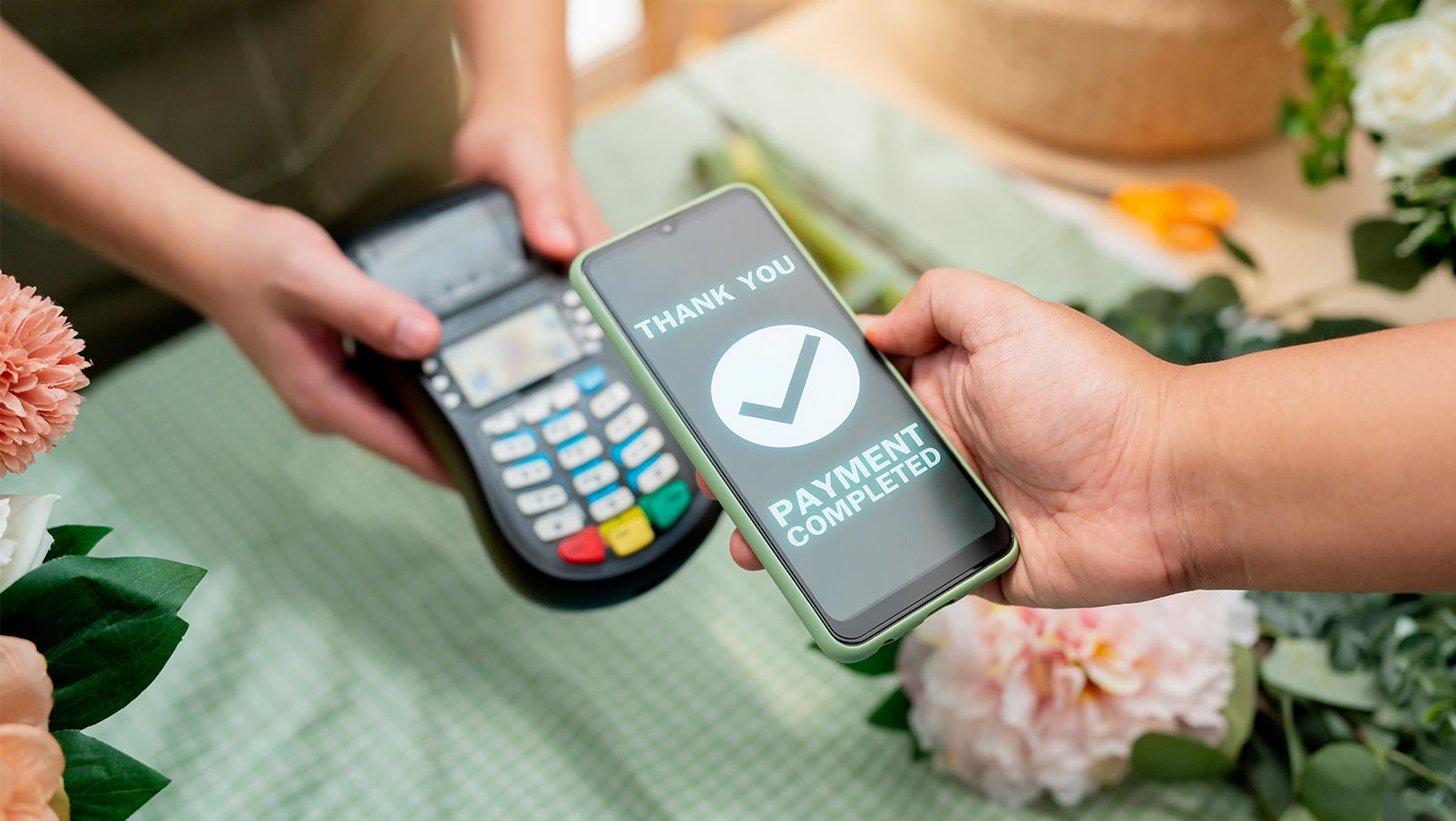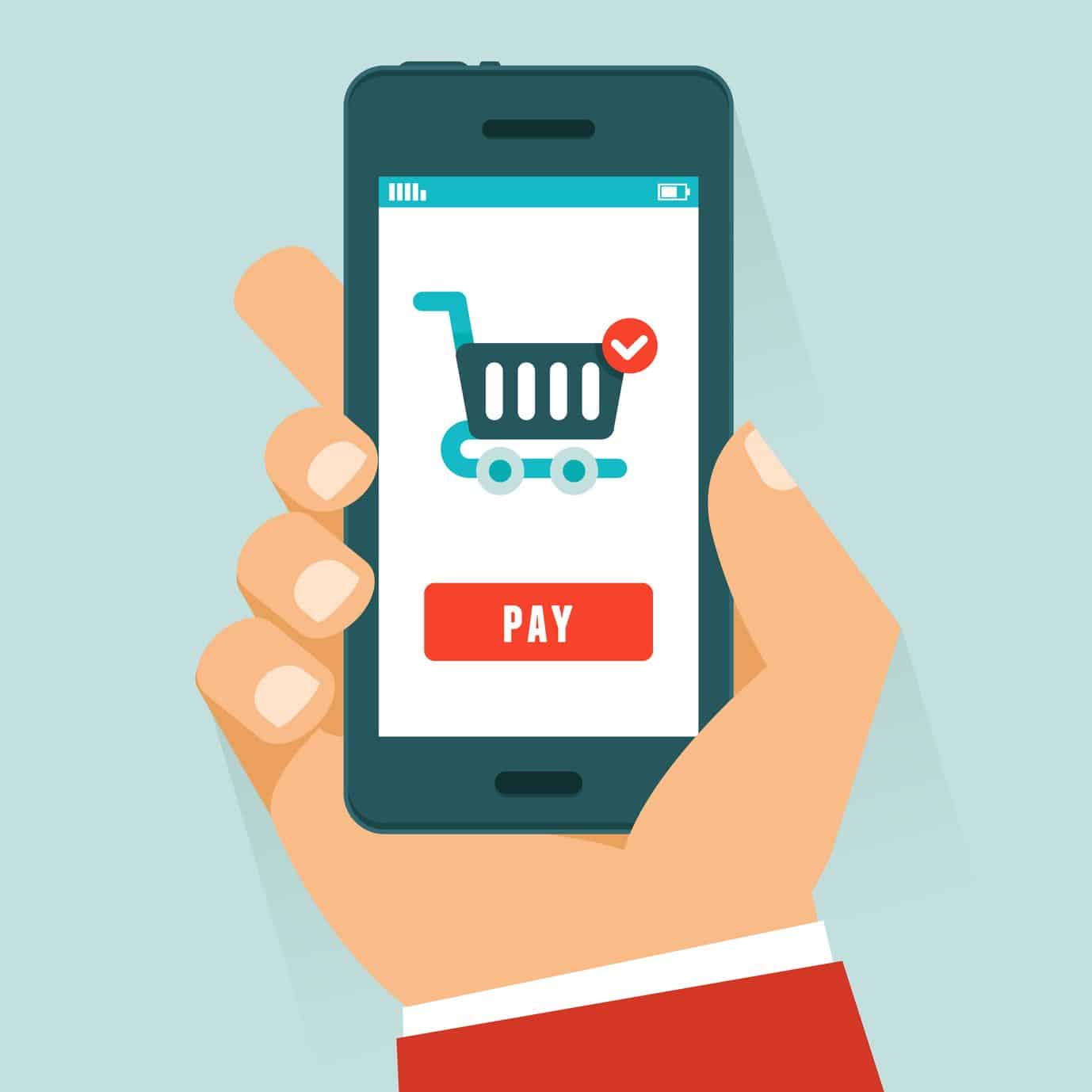Mobile Payments In The Shopping Experience - How Technology Is Changing The Way We Pay
From mobile wallets to contactless payments, the technology behind mobile payments is making it easier than ever for consumers to shop online and in-store. In this article, we’ll explore how mobile payments are transforming the shopping experience and what it means for retailers and consumers alike.
Author:James DavisMar 03, 20232.4K Shares249.9K Views

With the rise of mobile devices, it’s no surprise that more and more people are using them to make purchases. From mobile wallets to contactless payments, the technology behind mobile paymentsis making it easier than ever for consumers to shop online and in-store. In this article, we’ll explore how mobile paymentsare transforming the shoppingexperience and what it means for retailers and consumers alike.
The Convenience Of Mobile Payments
One of the biggest benefits of mobile payments is their convenience. With a mobile wallet app, you can store all of your payment information in one place and use it to make purchases with just a few taps on your phone. This can be especially useful when you’re on the go and don’t want to fumble around with cash or credit cards.
In addition to being convenient for consumers, mobile payments can also be beneficial for retailers. With mobile payments, there is no need for a physical payment terminal, which can save retailers money on hardware and maintenance costs. Mobile payments can also speed up the checkout process, which can help reduce wait times for customers and increase sales for retailers.
The Security Of Mobile Payments
Another benefit of mobile payments is the increased security they offer. Many mobile payment systems use encryption technology to protect your personal and financial information, making it more difficult for hackers to steal your data. Additionally, some mobile payment systems use biometric authentication, such as fingerprint or facial recognition, to ensure that only authorized users can access your payment information.
Despite these security measures, there are still some risks associated with mobile payments. For example, if your phone is lost or stolen, someone else could potentially access your payment information. However, most mobile payment systems allow you to remotely disable your account or lock your device to prevent unauthorized access.
The Future Of Mobile Payments
As mobile payments become more common, we can expect to see even more innovations in this space. For example, some companies are experimenting with using augmented reality (AR) and virtual reality (VR) to create immersive shopping experiences that allow consumers to browse and purchase products in a more interactive way.
We may also see the continued development of mobile payment systems that incorporate blockchain technology. Blockchain is a distributed ledger system that is known for its security and transparency, and some experts believe it could be the key to creating more secure and efficient mobile payment systems.
Challenges Of Mobile Payments
While mobile payments offer many benefits, there are also some challenges that come with this technology. One of the biggest challenges is the lack of universal acceptance. Not all retailers accept all forms of mobile payments, which can be frustrating for consumers who want to use their preferred payment method.
Another challenge is the complexity of the mobile payment ecosystem. With so many different payment apps and systems available, it can be difficult for consumers to know which ones are secure and reliable. This can lead to confusion and hesitation when it comes to adopting mobile payments.
The Role Of Mobile Payments In E-Commerce
Mobile payments are not only changing the way we shop in-store, but they are also transforming the world of e-commerce. With more people shopping online than ever before, mobile payments have become a critical part of the e-commerce experience.
Mobile payment options such as PayPal, Apple Pay, and Google Wallet have become popular choices for consumers who want a fast and secure way to make online purchases, you need to download them as an apk, you can learn how to install an apk in this guidefrom Novabach. These payment options can also help reduce cart abandonment rates, as they allow customers to easily complete their transactions without having to enter their payment and shipping information each time they make a purchase.
The Impact Of Mobile Payments On Consumer Behavior
Finally, it’s important to consider the impact that mobile payments are having on consumer behavior. With the ability to make purchases quickly and easily from their mobile devices, consumers may be more likely to engage in impulse buying and make more purchases overall.
Additionally, mobile payments may also be changing the way consumers think about spending. Without the physical act of handing over cash or swiping a credit card, it can be easier to spend more than you intended when using a mobile payment app.
Strategies For Retailers To Embrace Mobile Payments
For retailers, embracing mobile payments can be a great way to stay competitive and attract new customers. Here are some strategies that retailers can use to embrace mobile payments:
- Accept a variety of mobile payment options:To ensure that you’re not turning away customers who prefer one mobile payment option over another, it’s important to accept a variety of options. This can include popular options such as Apple Pay and Google Wallet, as well as lesser-known options.
- Make mobile paymentsa seamless part of the shopping experience: To make the most of mobile payments, retailers should make the process as easy and seamless as possible for customers. This can include using contactless payment terminals, providing clear instructions for mobile payment options, and offering incentives for customers who use mobile payments.
- Educate customers about the benefits of mobile payments:Some customers may be hesitant to use mobile payments due to security concerns or a lack of familiarity with the technology. Retailers can help alleviate these concerns by educating customers about the benefits of mobile payments, such as increased security and convenience.
The Future Of Mobile Payments In Shopping
The future of mobile payments in shopping is promising. According to a report by Zion Market Research, the global mobile payment market is expected to reach $4.5 trillion by 2023. This growth can be attributed to factors such as the increasing use of smartphones, the growth of e-commerce, and the desire for contactless payments.
One of the key trends in the future of mobile payments is the integration of payment options into other apps and platforms. For example, social media platforms such as Facebook and Instagram are now offering in-app payment options, allowing users to make purchases without ever leaving the platform.
Another trend is the use of biometric authentication, such as fingerprint or facial recognition, to improve the security of mobile payments. This can help alleviate concerns about fraud and theft, and make mobile payments even more convenient for consumers.
Finally, the use of mobile payments is expected to continue to grow in emerging markets, where many consumers do not have access to traditional banking services. Mobile payments can provide these consumers with a safe, convenient, and affordable way to make purchases and manage their finances.
People Also Ask
How Safe Do Consumers Feel When Using Mobile Payments?
Consumers' perception of safety when using mobile payments varies. Some consumers feel that mobile payments are more secure than traditional payment methods such as credit cards because mobile payments use encryption and tokenization to protect their payment information. Others, however, may feel apprehensive about mobile payments, as they worry about the potential for fraud or theft if their phone is lost or stolen.
To help alleviate these concerns, mobile payment providers typically implement security features such as PIN codes, fingerprint or facial recognition, and two-factor authentication. Additionally, consumers can take steps to protect their own devices and payment information, such as setting up strong passwords and enabling device tracking and remote wiping features.
What Impact Does Mobile Payment Have On Consumers?
Mobile payments can have a significant impact on consumers. By providing a fast, convenient, and secure way to make purchases, mobile payments can improve the overall shopping experience. Consumers can make payments without having to fumble with cash or cards, and can easily track their transactions through their mobile devices.
Why Do People Like Mobile Payments?
People like mobile payments for several reasons. First and foremost, mobile payments offer convenience and speed. With just a few taps on their mobile devices, consumers can make payments quickly and easily, without having to carry cash or credit cards.
Mobile payments can also be more secure than traditional payment methods. Because mobile payments use encryption and tokenization to protect payment information, consumers may feel more secure using mobile payments than traditional payment methods.
Conclusion
Mobile payments are transforming the shopping experience in many ways, from increased convenience and speed to improved security. However, there are also some challenges to consider, such as the lack of universal acceptance and the complexity of the mobile payment ecosystem.
As more consumers adopt mobile payments, it will be interesting to see how this technology continues to shape the world of shopping and e-commerce. Whether you’re a retailer or a consumer, it’s important to stay informed about the latest mobile payment trends and technologies to take advantage of the benefits they offer while minimizing the potential challenges.
Jump to
The Convenience Of Mobile Payments
The Security Of Mobile Payments
The Future Of Mobile Payments
Challenges Of Mobile Payments
The Role Of Mobile Payments In E-Commerce
The Impact Of Mobile Payments On Consumer Behavior
Strategies For Retailers To Embrace Mobile Payments
The Future Of Mobile Payments In Shopping
People Also Ask
Conclusion

James Davis
Author
James Davis keeps you updated daily with the best shopping tricks, hacks, and frugal living tips that you won’t find anywhere else. He also talks and writes about creative ways to save money, job opportunities like clever ways to make money from home, great jobs for teens, and online jobs that pay well.
James also enjoys working on Social Media campaigns for major brands. He believes in creating a personal relationship between the brand and its consumers. He is very much into taking the corporate out of the brand and bringing it down to the level where consumers can feel comfortable interacting and taking the brand seriously.
Latest Articles
Popular Articles


